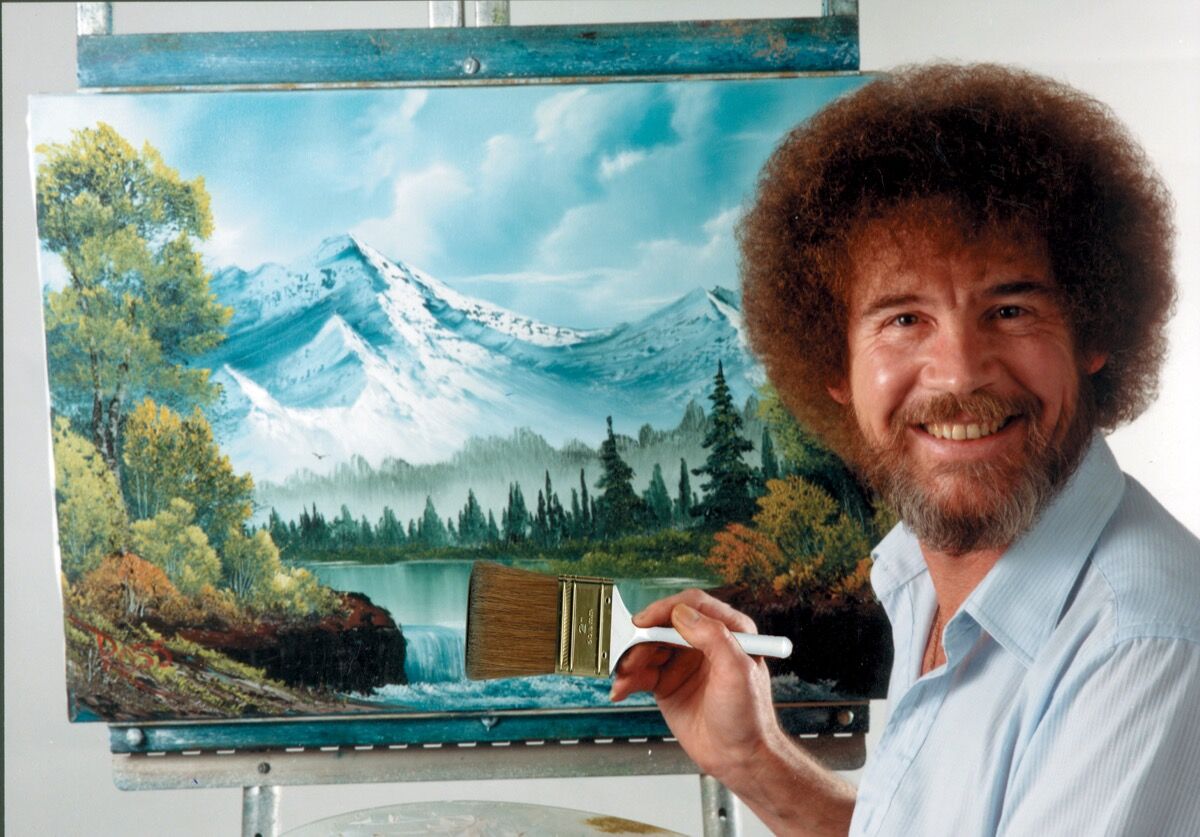On YouTube, a New Generation of Artists Channels the Spirit of Bob Ross

ARTSY_The YouTube channel The Art Assignment has a growing subscriber base of over 450,000 users. In its videos, host Sarah Urist Green walks viewers through art lessons, including projects such as creating artworks inspired by childhood memories or taking formal photographs of friends.
Prior to creating The Art Assignment in 2014, Green was a curator at the Indianapolis Museum of Art. She enjoyed her job and working with artists, but felt that there had to be a better way to get people to engage with art. “If minds weren’t open when people arrived at the gallery, it was a bit of a lost cause,” she explained, “so I thought about creating an online space where people can think about art ideas.”
She began The Art Assignment as an alternative form of art education. In early episodes, she interviewed artists from across the U.S., who would discuss their practices, then give viewers an assignment. “There is a curious and receptive audience of online learners,” Green said.
Green and her team at The Art Assignment are hardly the only ones turning to YouTube to share educational art videos. A host of artists have turned to the site to share tutorials on drawing, painting, and other art skills. Many videos might be seen as bite-sized, Instagrammable versions of Bob Ross’s beloved TV series “The Joy of Painting” (all of which is also available on YouTube). This new generation of Ross-esque YouTubers have turned to the platform as a space to make art and teach before the camera, while engaging with viewers who avidly watch, comment, and subscribe.
For some, making these videos is a full-time job—with an income. Creators with a large enough viewership are making money from the advertisements that YouTube runs during their videos. But that revenue often isn’t enough for creators to support themselves and collaborators.
Stan Prokopenko, who runs the YouTube channel Proko, creates videos that give artists advice on both technical and business aspects of artmaking. Some of his videos have racked up as many as two million views. “But that’s really, really rare,” Prokopenko explained. He notes that he makes around $2,000 dollars per month from YouTube ad revenue, which pays for one of his eight employees.
In order to supplement this income, Prokopenko and some of his peers sell premium content on their own websites. Viewers can buy more extensive tutorials that might, for example, dig deeper in specific drawing techniques. Other creators make accounts on Patreon, where subscribers can donate to artists and often receive content and other perks in return. Most videos on the YouTube platform, however, are free to watch. And some creators choose to exclusively make free content.
The artist Rix, who creates detailed graphite drawings on his channel Rix Can Do it, noted that with his free videos he’s trying to offer the content he wishes he had access to while learning to draw. “If you have a talent, and you can market that, more power to you,” he said. “But on the flip side, I felt that it would be nice to learn how to draw, and do all this stuff, without having to go through your wallet every single time.”
Access to free art education is increasingly relevant in an age where art schools are some of the most expensive educational institutions in the United States, and many young people don’t have access to art classes. According to the artists I spoke with, a lot of people watching their videos are aged 18 to 35, and many are even younger. They also find that young, aspiring artists look to their videos for information and guidance as they build their art careers.
“YouTube makes art way more accessible for people,” said Stephanie Chan, a former YouTuber who started the YouTube channel Ordinary Sim. “I feel like there’s still this stigma against going into a creative field. A lot of people believe in the whole ‘starving artist’ stereotype, but I don’t think any of that is true.” Chan believes that these vides set an example for young people and let them know that pursuing a career in the arts is an option.
This isn’t to say that YouTube content is currently poised to replace art classrooms.
“The way I look at it is that the videos are like books,” Prokopenko said. “I don’t think that they replace any one-on-one training; that is personal to you. A video is for a general audience. You have to figure out your own curriculum.”
